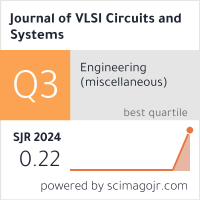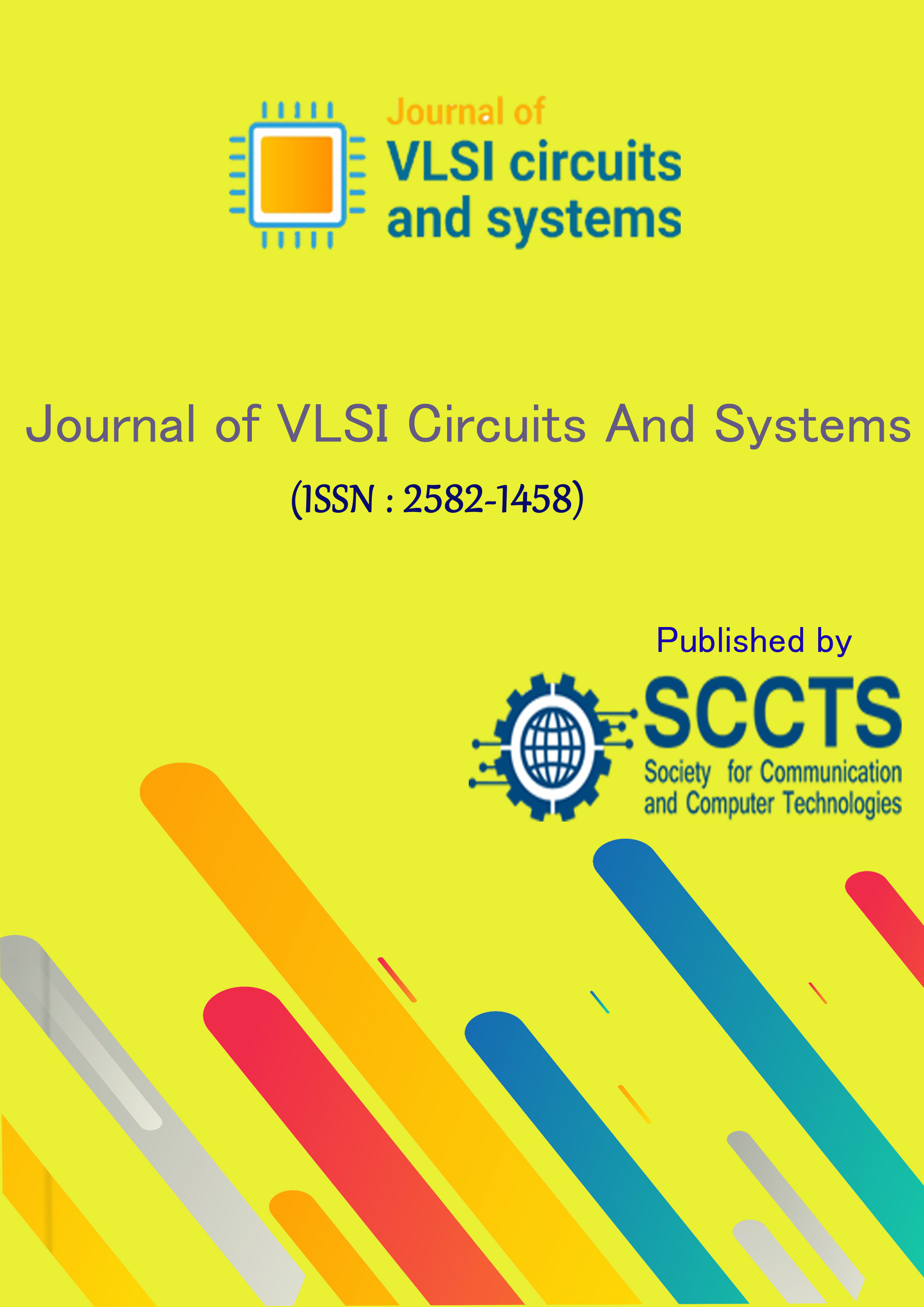Design and FPGA Realization of Energy Efficient Reversible Full Adder for Digital Computing Applications
DOI:
https://doi.org/10.31838/jvcs/06.01.02Keywords:
Dynamic Power, EDP, Feynman Gate, New Gate, Toffoli GateAbstract
Arithmetic primitives are necessary in order to conduct computations on large numbers in arithmetic circuit implementations including multiplications, additions, subtractions, and divisions. Because of the importance of computations in the central processing unit, effective design of arithmetic circuit has been part of the most important fields of research for design engineers. In order to create low-power and energy-efficient portable processors for image and digital signal processing, as well as cryptography applications, the switching activity factor and cell count must be reduced. This research focuses on the reversible digital full adder circuit, which is a key element in establishing the Energy Delay Product (EDP) for various computer applications. Here, a new reversible binary full adder is designed using the switching activity concept and the logic decomposition method. The internal blocks for reversible full adders such as Feynman Gate, Toffoli Gate, and New Gate are designed first, then a new reversible binary full adder is developed using the proposed method. In this paper, conventional and proposed reversible full adders are synthesized using the Xilinx Vivado design suite for the Zynq-7000 family of device configuration. According to the implementation results, the proposed reversible full adder circuit consumes less dynamic power dissipation than the existing method in comparison. Furthermore, a formulae-based evaluation is conducted on the implementation results to estimate the EDP of the design. The proposed reversible full adder design can achieve a 32.3% EDP improvement compared to the Proposed Full Adder.












